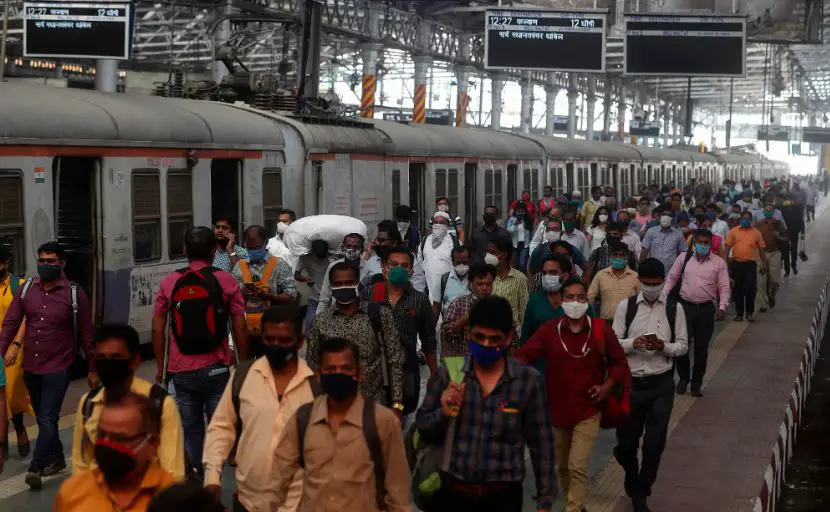India announced it is creating a digital platform that combines 16 ministries. The portal will offer investors and companies a one-stop solution for design of projects, seamless approvals and easier estimation of costs.
This is under a U$1.2 trillion mega project called PM Gati Shakti – Hindi for strength of speed.
“The mission is to implement projects without time overrun and cost overrun,” Amrit Lal Meena, special secretary of logistics in the ministry of commerce and industry, said in an interview in New Delhi. “Global companies choosing India as their manufacturing centre is the objective.”
Fast-tracking projects will give India an advantage, especially with China still largely closed to the outside world and companies increasingly adopting a China-plus-one policy – finding other countries to expand in or source from – to diversify their businesses and supply chains.
Asia’s third-largest economy not only offers cheap labour, but also a talent pool of largely English-speaking workers, even though rickety infrastructure keeps many investors away.
“The only way to compete with China, apart from the fact there are political requirements of countries to move away, is to be as competitive on the cost as you can be,” said Anshuman Sinha, a partner at Kearney India who leads transport and infrastructure practices.
“Gati Shakti is about making it easier to have a flow of goods and manufactured components across the length and breadth of the country.”
The key pillars of the project are identifying new production clusters that do not exist today, and linking those sites seamlessly to the nation’s railway network, ports and airports, Sinha said.
“If you peel the layers of Gati Shakti, it’s made up of identifying nodes and strengthening the logistics network connecting those nodes.”
Reducing red tape through technology is crucial for India to unclog its stalled infrastructure projects.
Of the 1,300 projects Gati Shakti’s portal currently oversees, almost 40% were delayed due to issues related to land acquisition, forest and environment clearances, resulting in cost overruns, according to Meena.
At least 422 projects had some issues and the portal resolved problems in some 200 of those.
Under Gati Shakti, the government, for example, will use technology to ensure that a newly constructed road isn’t dug up again to lay out phone cables or gas pipelines, according to a government agency promoting investments in India.
The plan envisages modelling infrastructure projects along the lines of what Europe did after the Second World War or what China did between 1980 and 2010 to raise the nation’s “competitive index,” according to Invest India, the government agency.
“Today’s India is committed to investing more to develop modern infrastructure and it is taking every step to ensure projects do not face roadblocks and get delayed,” Modi said in a speech last year inaugurating the programme.
“Quality infrastructure is the key to kick-start several economic activities, and create employment on a large scale. Without modern infrastructure, all-round development cannot happen in India.”








